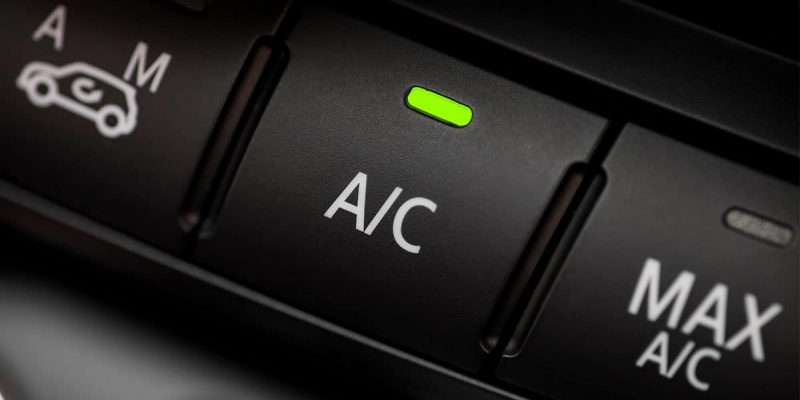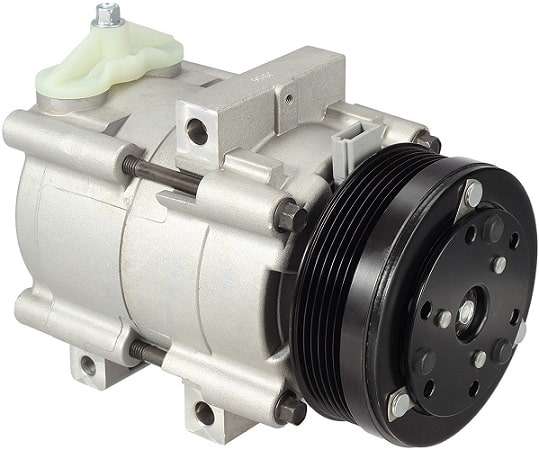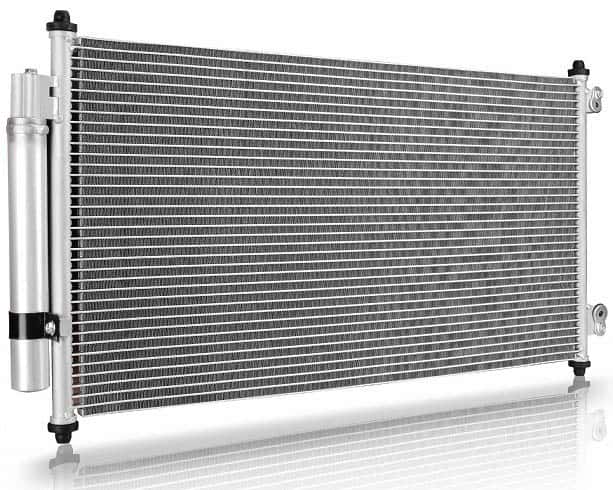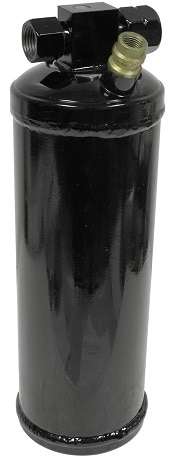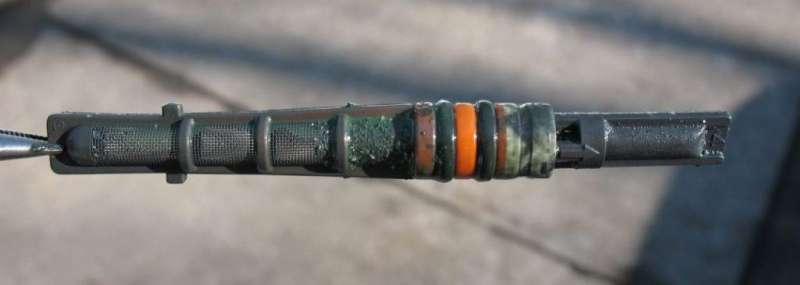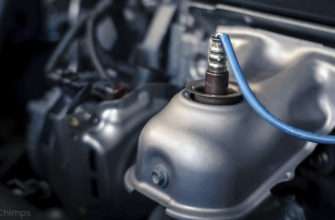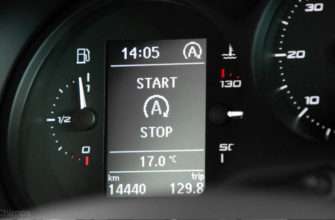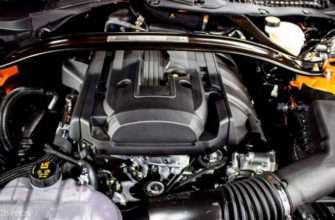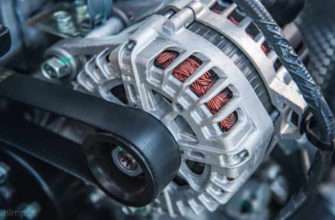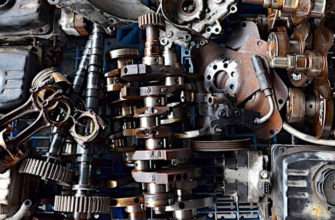How exactly does the air conditioning of cars work? Here’s a simple and easy-to-follow guide on car air conditioners. For most car owners, the AC system is a complete mystery, you press the button, and are met with a refreshing blast of cold air. But what happens behind the scenes is actually fairly complex, and extremely interesting.
How does a car air conditioning system work?
An AC system works by cycling refrigerant, converting it from a gas into a liquid, and then back again. By the end of this cycle, it’s in a cold gaseous state inside the evaporator, at which point outside air is blown over it, cooled, and then sent to the cabin.
Are you ready to take a closer look? In this guide, we will review each of the five main components of your AC system, and how they use refrigerants to cool the outside air before it reaches the cabin. Let’s get started!
A Quick Note About Freon And R-12
Up until January of 2020, Freon (also known as R-22) was the primary refrigerant used in most car AC systems. However, due to its negative impact on the environment. The EPA (Environmental Protection Agency) has banned the import and production of Freon.
In its place is Refrigerant-12 (R-12), which is less taxing on the ozone and approved for use in car AC systems. If you own an older vehicle not designed for R-12, recycled Freon will still be available for a while.
Your AC System Explained – The Cycle Of Refrigerant
The High-Pressure Side
Step 1: Compressor
Example of a car A/C compressor
An AC compressor runs off a pulley that’s attached via a belt to the crankshaft of your engine. This powers 5-10 pistons (depending on the design). They suck in low-pressure, low-temperature gas and compress it into high-pressure, high-temperature gas. Whether the AC compressor receives power from the crankshaft is controlled by the compressor clutch. This gas is then sent to the next component of the car AC system, the condenser.
Step 2: Condenser
Example of a car A/C condenser
By the time the refrigerant reaches the condenser, it is hot due to being pressurized. Its job is to capture this heat and transfer it out of the AC system. You can think of this part as a mini radiator, and as the gas passes through it, it radiates the heat outwards.
Air is also flowing around the condenser, which in turn cools the refrigerant as it’s passing through. This causes it to condense, which turns it back into a high-pressure liquid with a lower temperature. The next step in the cycle is the receiver/dryer.
Step 3: Receiver/Dryer
Example of an A/C receiver driver
The receiver/dryer has an inlet point and an outlet point. The inlet point takes inbound high-pressure liquid from the condenser and sends it through a series of filters and desiccants. If you didn’t know, a desiccant is a substance that absorbs water. This is the same substance found in items such as shoes and medications to keep them fresh and dry.
The filters remove debris that might cause the system harm, like dust, dirt, and metal particles, and the desiccants remove moisture. Why is it necessary to remove moisture?
Because when the refrigerant reaches the expansion valve, it’s cold enough that it might freeze. This can clog the expansion valve and result in an AC system that doesn’t work correctly. The refrigerant is then sent to the expansion valve via the outlet point. This concludes the high-pressure side of the AC system. Next is the low-pressure side.
The Low Pressure Side
Step 4: Expansion Valve/Orifice Tube
An expansion valve is basically a controller for how much refrigerant is allowed to continue on through the AC system. You can think of it as similar to the nozzle on the end of a hose, high-pressure water is introduced, and it expands into a mist as it passes through.
This process not only reduces pressure but rapidly cools the refrigerant as well. On an AC system featuring an orifice tube, the receiver dryer is replaced with an accumulator. It works similarly to a receiver dryer but sits between the evaporator and the compressor instead.
Example of an orifice tube
The difference between an orifice tube and an expansion valve is that the former has a fixed opening. And the latter can regulate its opening depending on the temperature in the evaporator. By this point, the refrigerant is now in a low-pressure, low-temperature state, nearly ready to cool your passenger cabin. But first, it has to pass through the evaporator.
Step 5: Evaporator
Example of a car A/C evaporator
The evaporator works much like a radiator or a condenser, containing lines that the refrigerant flows through. As this happens, rather than dissipating heat, it absorbs it, lowering the temperature to about 32-degrees.
Oddly enough, unlike water, which freezes at 32-degrees, the refrigerant boils. This converts it back into a gaseous state, allowing it to absorb even more heat. This gas then flows back into the AC compressor to start the process over again.
How does cold air enter the cabin when the AC is on? While the refrigerant is sitting in the evaporator, a fan is blowing outside air over it. This causes it to cool due to the low temperature inside. This air then enters your cabin as a cold, refreshing, air-conditioned breeze.
How Does A Car AC System Work?
Well, previously, you might have thought it was magic. Thankfully, if you have made it this far in the guide, you should have a much better idea of how the air conditioning system in your car works.
